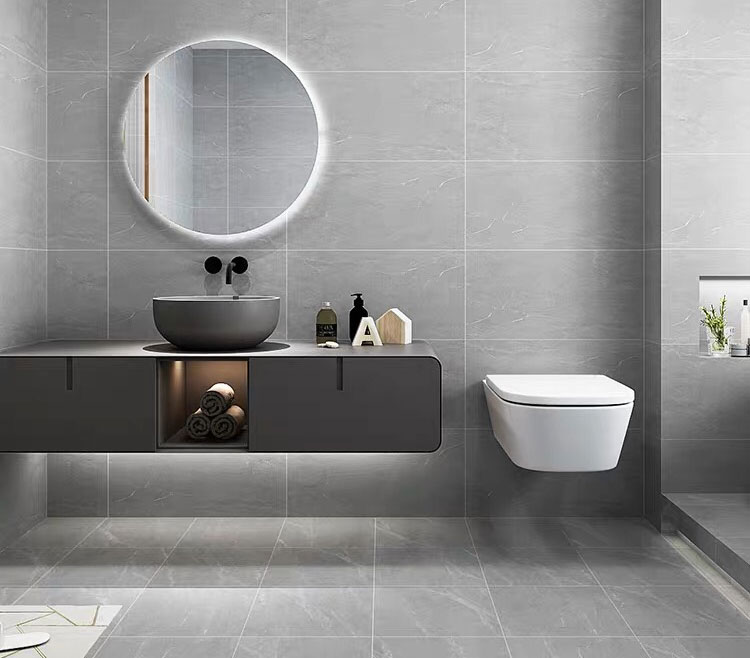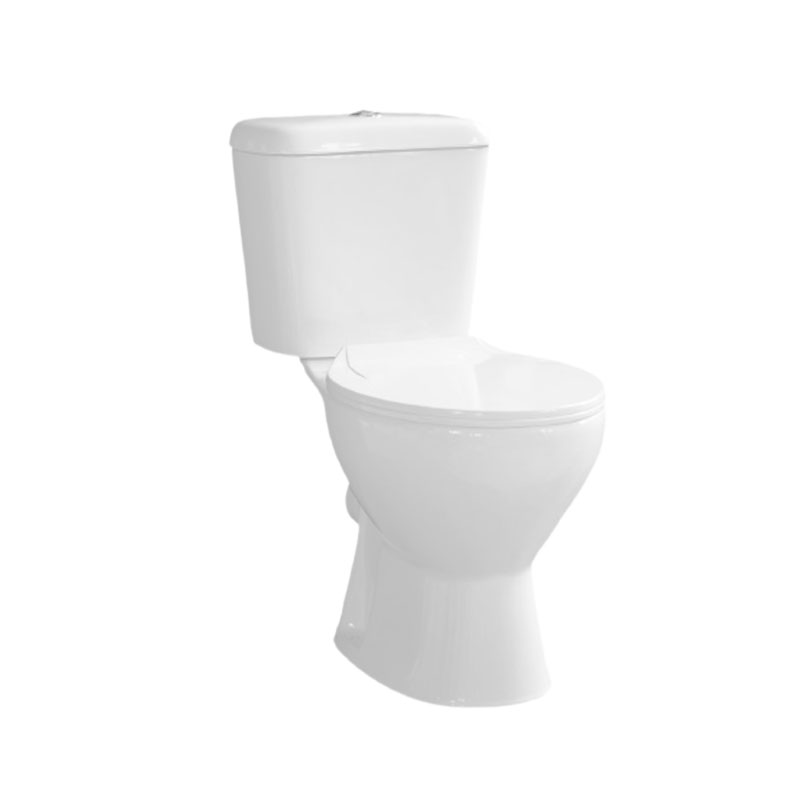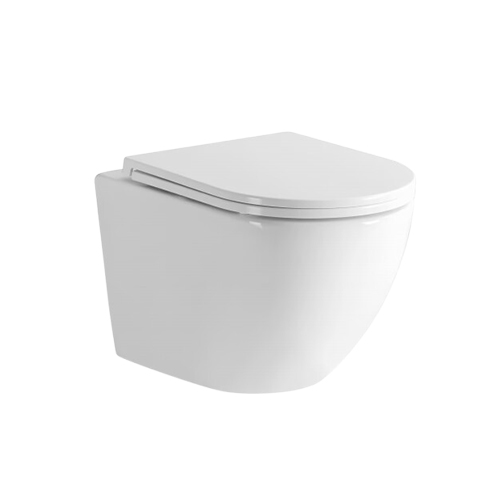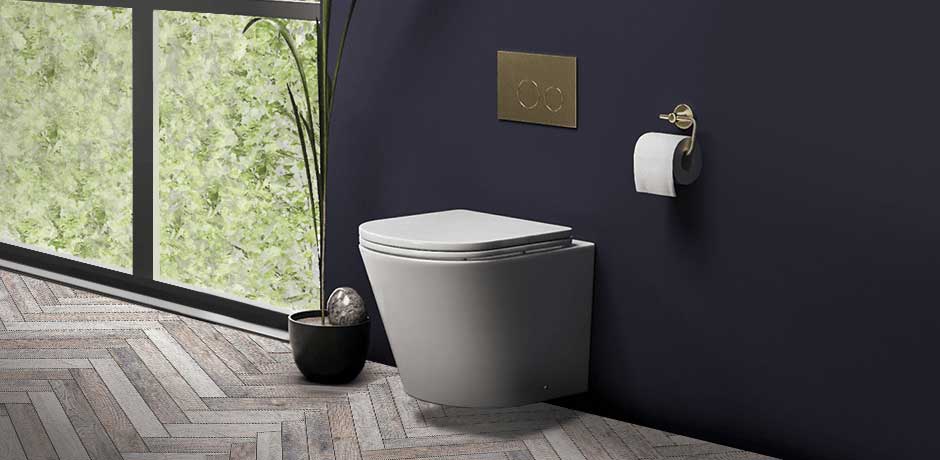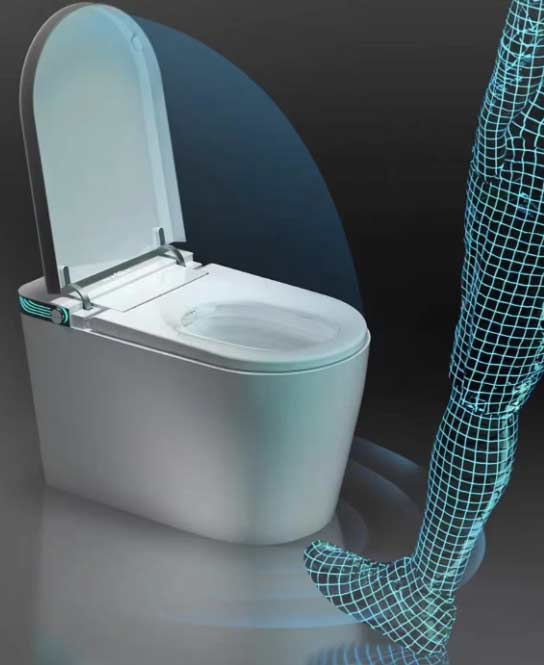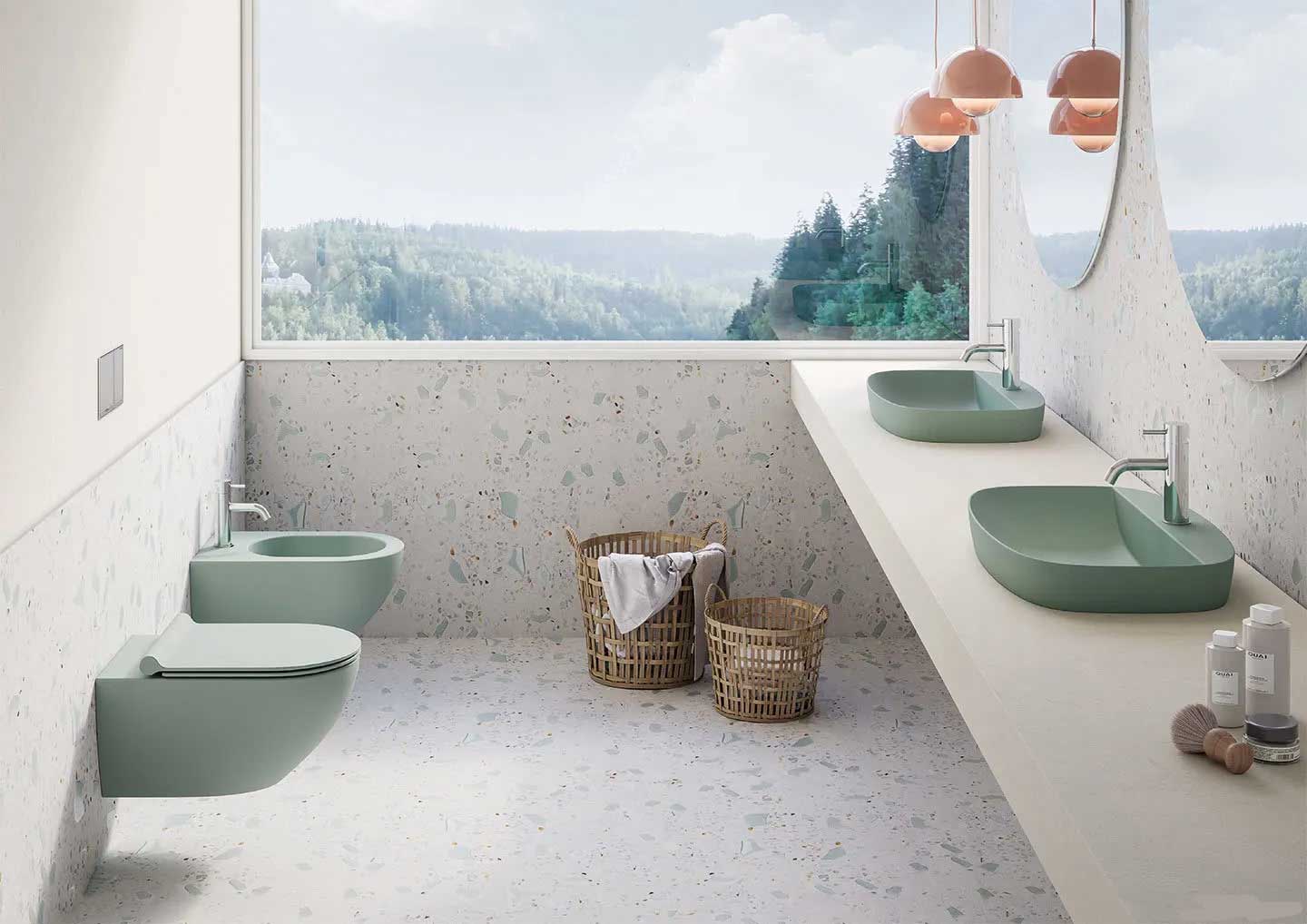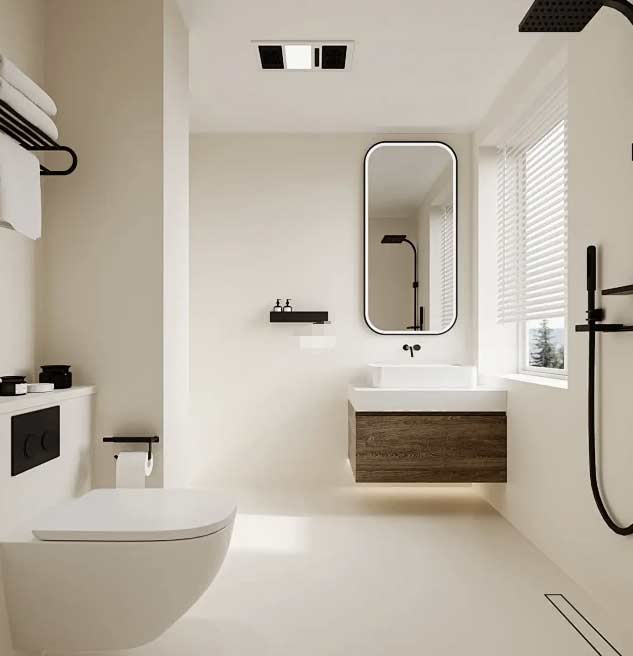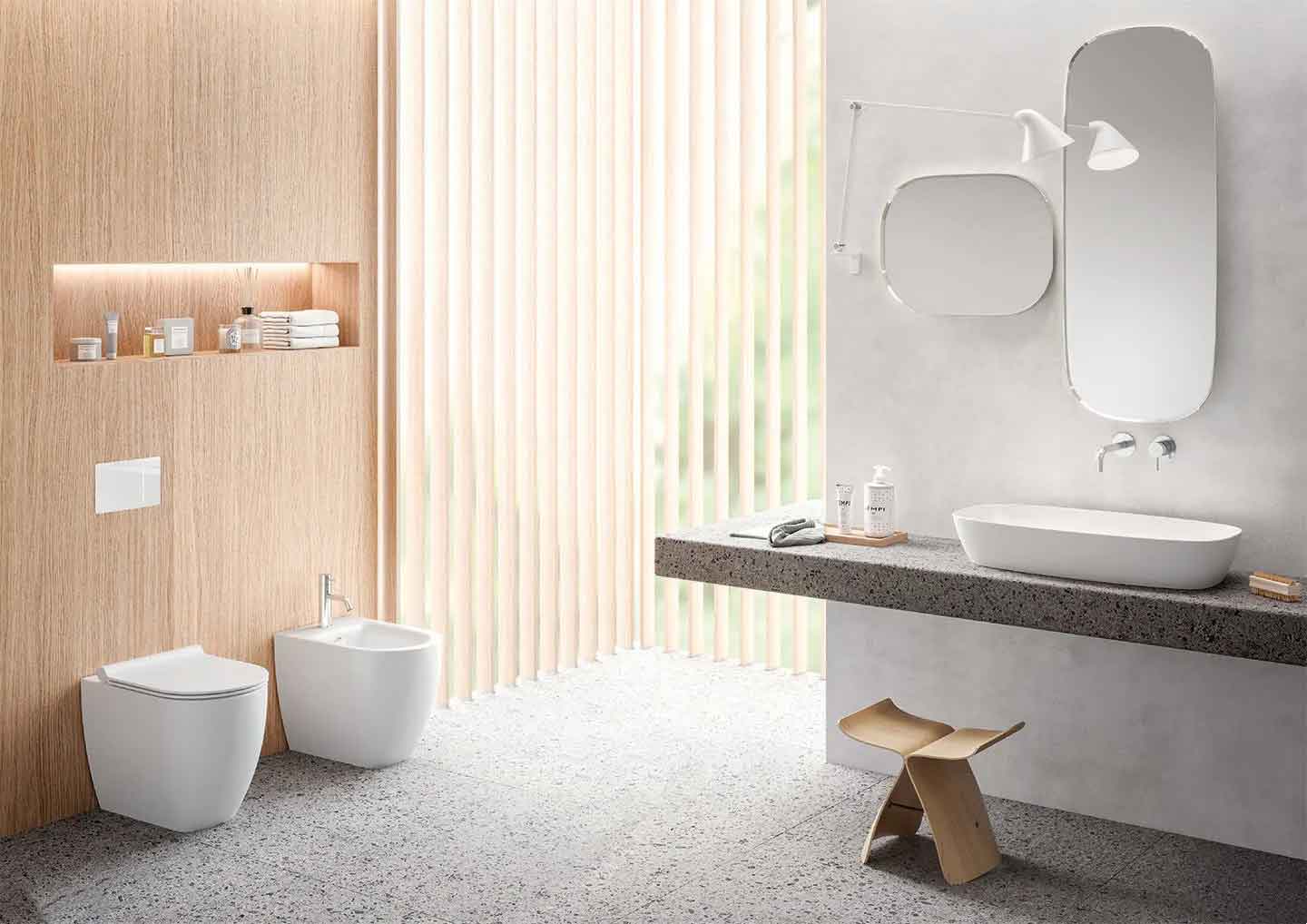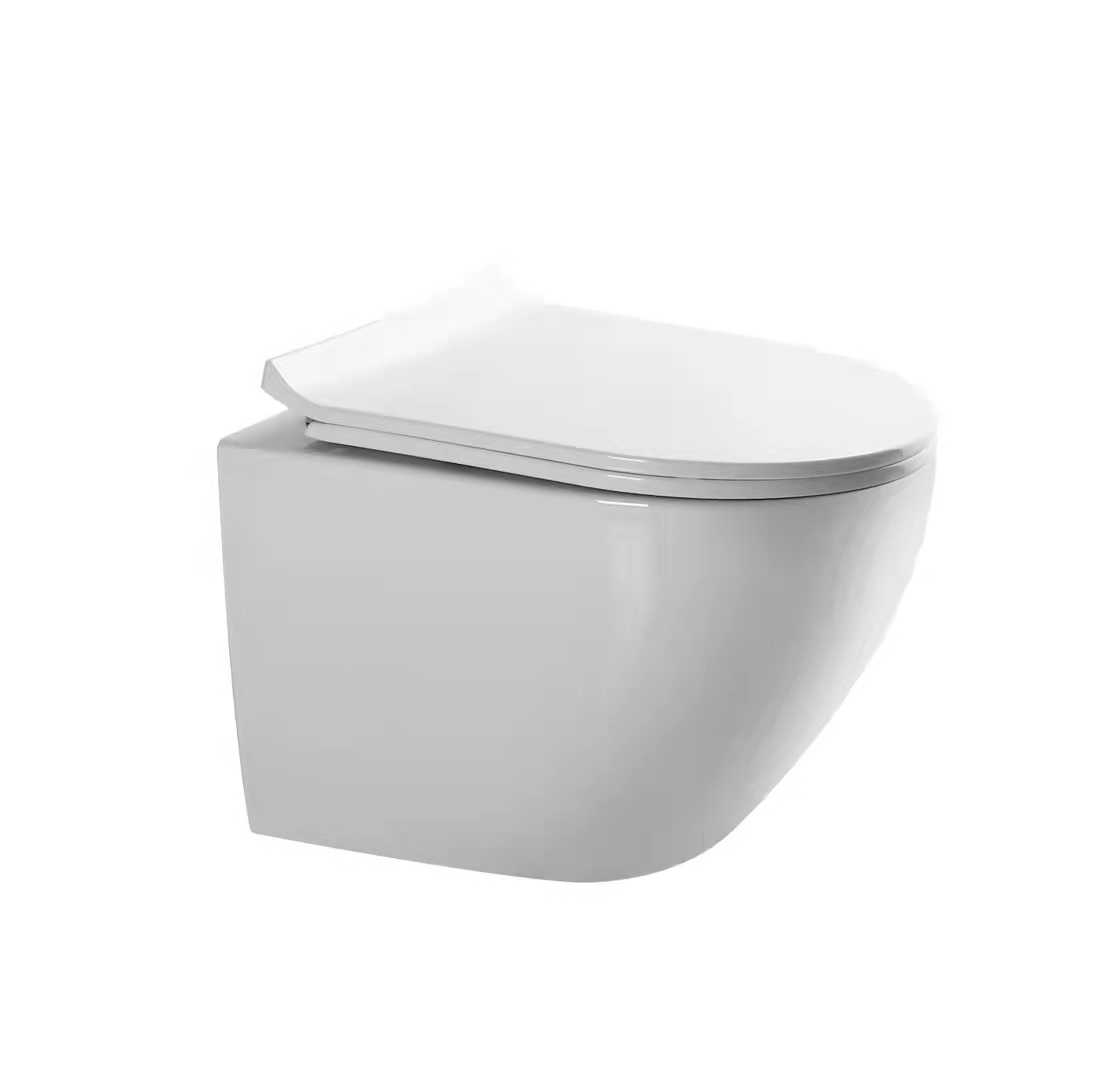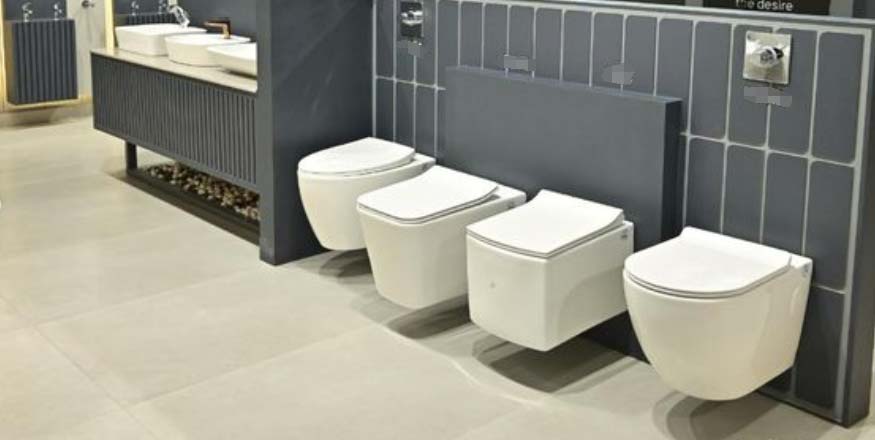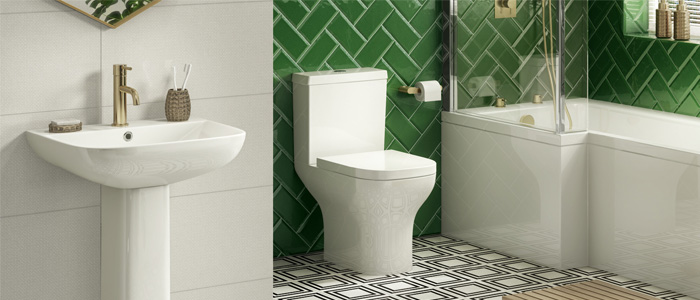In Poland, the types of toilets that are most popular reflect both modern European standards and historical influences from the region’s development. The country’s infrastructure has evolved significantly over the past decades, and today, most Polish households, public institutions, and commercial buildings use modern, Western-style toilets. However, one can still find some traditional or outdated designs in rural areas or older buildings. Below is an overview of the most popular toilet types in Poland, their features, and where they are most commonly found.
1. Western-Style Flush Toilets (WC Toilets)
The most widespread toilet type in Poland is the Western-style flush toilet, commonly referred to as “WC” (an abbreviation of the English “water closet”). These toilets are almost universally installed in homes, hotels, restaurants, offices, and public buildings throughout the country.
-
Design: Most of these toilets are made of ceramic and feature a bowl, a seat, a lid, and a cistern (tank) that holds water for flushing.
Washdown two piece toilet F6106H-1
- Size:655(L)*385(W)*735(H)mm
- P-trap: 180mm
- S-trap:220/250mm
-
Flushing Mechanism: Dual-flush systems are common, offering two buttons for different water volumes – one for liquid waste (typically 3 liters) and one for solid waste (around 6 liters), promoting water conservation.
-
Wall-Hung Toilets: In newer buildings or recently renovated homes, wall-hung toilets are very popular. These have concealed cisterns hidden behind the wall, giving bathrooms a cleaner and more modern appearance. They are also easier to clean around.
Tornado wall hung toilet F4103T-S
- Size:464(L)*370(W)*350(H)mm
- P-trap:180mm
- Toilet seat:UF/PP
- CE standerd
-
Brands: Popular brands in Poland include Cersanit (a Polish company), Koło, Roca, and Geberit.
2. Squat Toilets (Rare and Outdated)
Squat toilets, once more common in older public facilities, are now largely outdated and rarely used in modern Poland. They can still occasionally be found in:
-
Very old train stations,
-
Some public restrooms in rural areas,
-
Historic or neglected buildings not yet renovated.
These toilets require the user to squat rather than sit. However, due to modernization and changes in sanitary expectations, most public restrooms have replaced them with sitting toilets.
Squatting pan FS9001
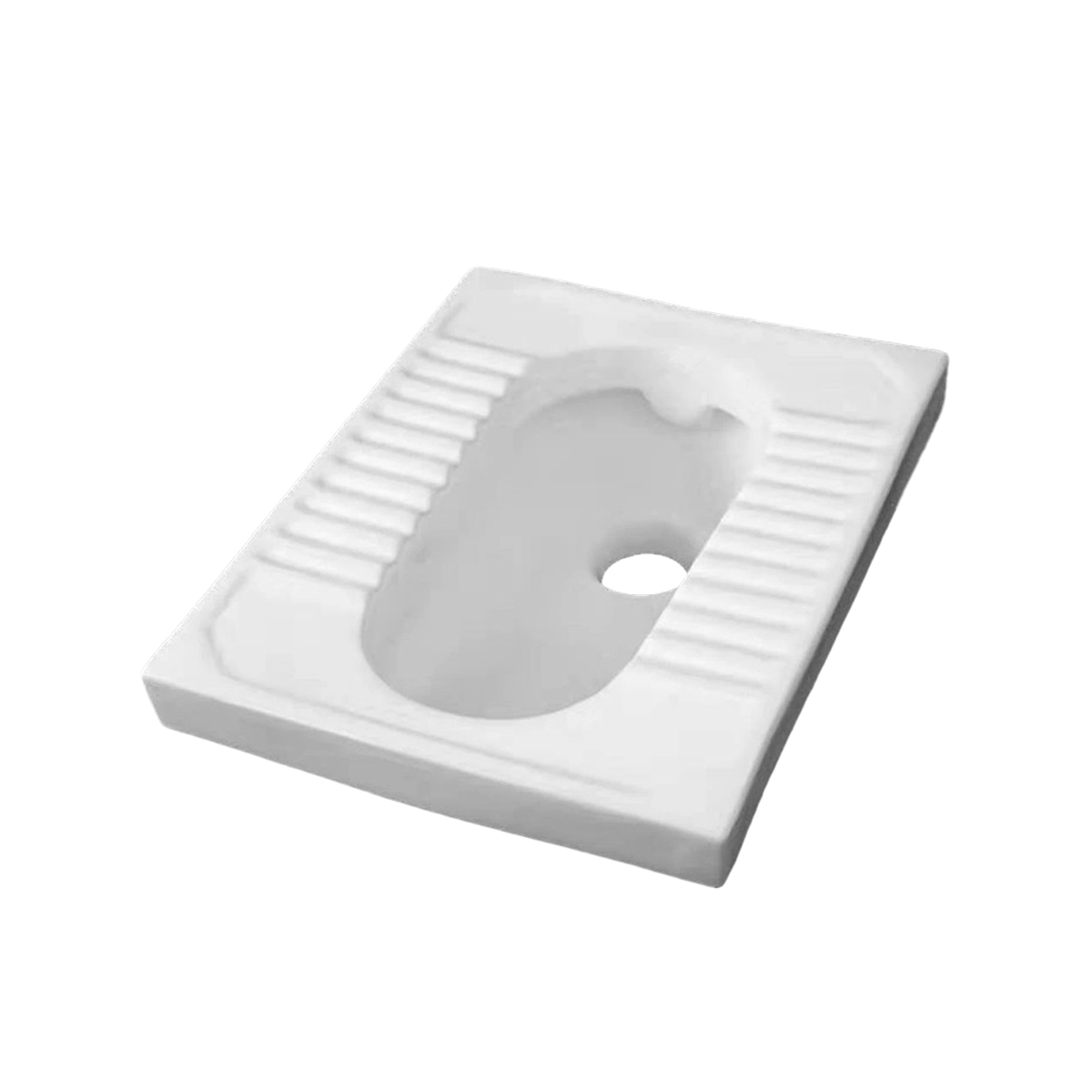
- Size:510(L)*390(W)*175(H)mm
3. Composting Toilets and Dry Toilets (Limited Use)
Though not mainstream, composting toilets and dry toilets have begun to gain niche popularity, particularly among eco-conscious communities and in remote areas where plumbing infrastructure is lacking.
-
Use Cases: You might find them in:
-
Ecological houses,
-
Allotment gardens,
-
National parks or nature reserves,
-
Summer cabins or remote holiday homes.
-
These toilets use little to no water and instead rely on composting processes to break down waste. They are not common in everyday urban settings but are a sustainable alternative used by some individuals or organizations.
4. Public Restroom Types
Public toilets in Poland have improved significantly in terms of cleanliness, design, and accessibility. In cities like Warsaw, Kraków, and Wrocław, public toilets typically feature:
-
Modern sitting toilets (Western-style),
-
Baby-changing stations,
-
Accessibility features for disabled users (such as wider stalls, handrails, and lower basins).
Users are often expected to pay a small fee (1–3 PLN) to use public toilets, especially in bus or train stations. Toilet paper and soap are usually provided, though it’s common for locals to carry their own tissues just in case.
5. Bidets and Smart Toilets (Emerging Trend)
While not yet common, bidets and smart toilet technologies are slowly gaining popularity in Poland, particularly among higher-income households and in luxury hotels. Smart toilets with heated seats, automatic flushing, and bidet functions are still seen as premium additions but are increasingly featured in modern bathroom designs.
Conclusion
In summary, the most popular type of toilet in Poland is the modern Western-style flush toilet, which is standard in nearly all households and public spaces. Wall-hung toilets with concealed cisterns are especially favored in new constructions. While older or rural facilities may still feature outdated designs such as squat toilets, these are increasingly rare. Niche options like composting toilets and bidets are also emerging, reflecting Poland’s gradual shift toward sustainability and high-tech living. As infrastructure continues to modernize, toilet standards in Poland will likely continue aligning with broader European trends.

